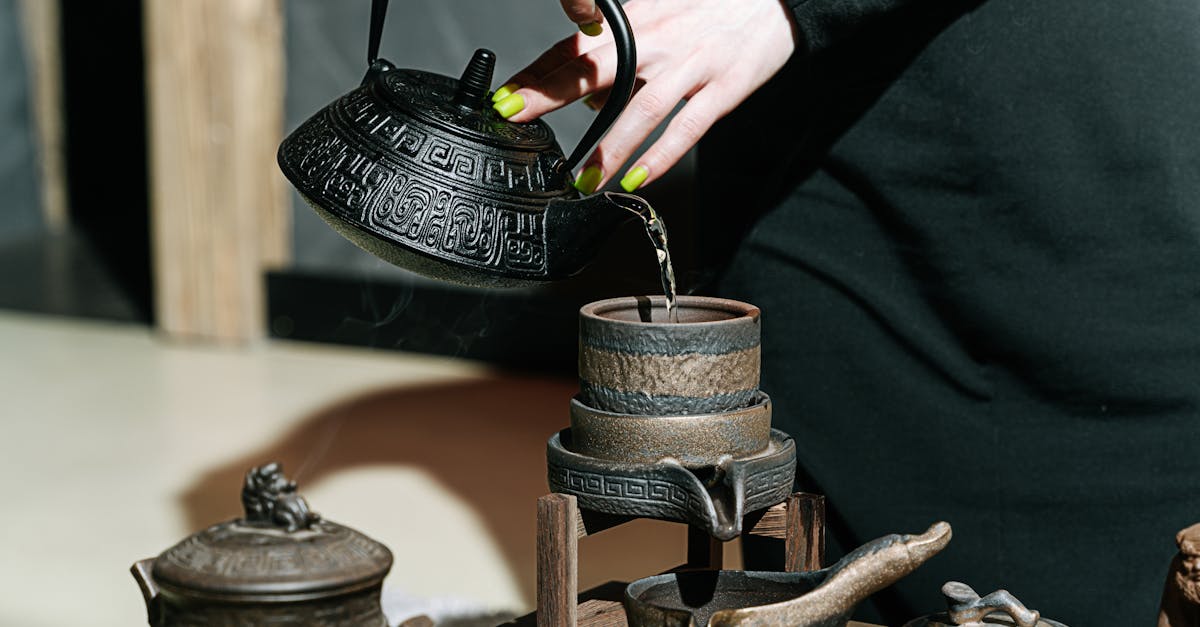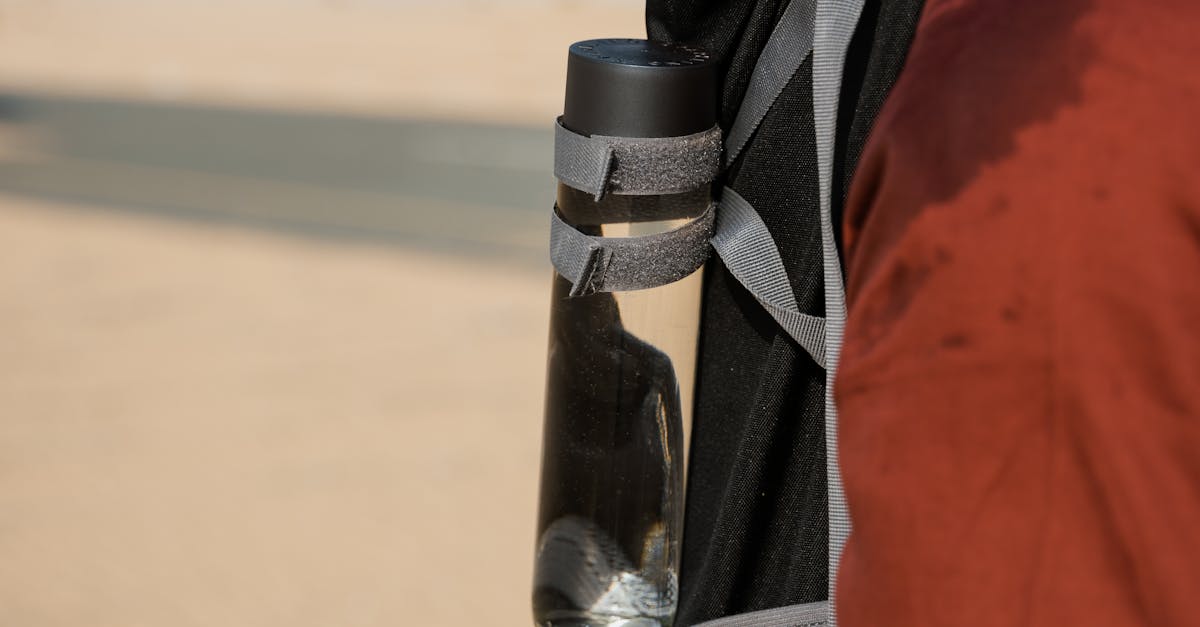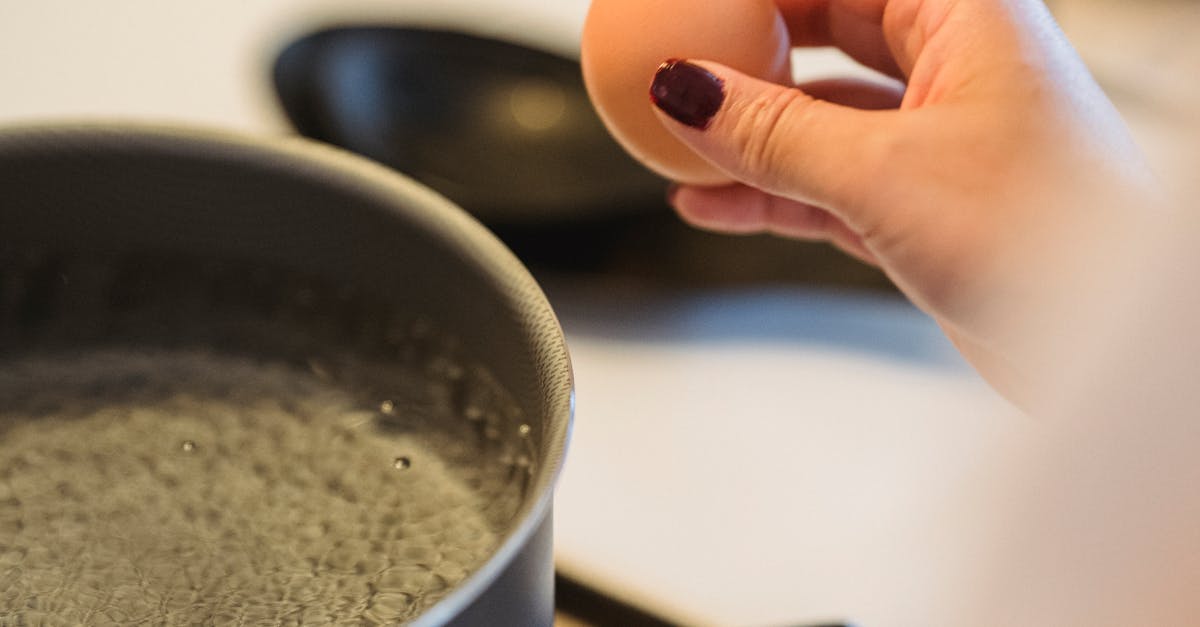
Table Of Contents
Testing Heating Elements
To ensure your electric hot water heater is functioning correctly, testing the heating elements is crucial. Start by turning off the power to the unit and allowing it to cool down. Remove the access panel to reveal the heating elements. Using a multimeter set to the resistance setting, check the continuity of each element. A reading of zero or infinity can indicate a malfunction, signaling the need for replacement.
Hot Water System Troubleshooting often involves inspecting wiring connections for wear or damage. Corroded connections can also hinder performance. If the elements are functioning well, consider examining other components such as the thermostat, which may affect heating efficiency. This thorough examination will help maintain optimal operation and ensure your hot water supply remains consistent.
Verifying Element Performance
To verify the performance of the heating elements in an electric hot water heater, you must first disconnect the power supply for safety. Remove the access covers on the water heater to expose the elements. Using a multimeter, set it to the ohms setting and check the resistance of each heating element. A properly functioning element should show a resistance reading between 10 to 50 ohms. If the reading is significantly higher or shows infinite resistance, the element is likely defective and requires replacement.
In addition to measuring resistance, perform a visual inspection of the elements for any signs of corrosion or damage. Discoloration or mineral buildup can affect performance and efficiency. During this process, you can also refer to "Hot Water System Troubleshooting" resources to guide you through common issues. A thorough examination ensures that all components are working as intended, maximizing the lifespan and efficiency of your hot water system.
Assessing Water Temperature
To assess the water temperature in your electric hot water heater, start by measuring the output temperature at the faucet. A reliable thermometer is essential for this task. Run the hot water until it reaches a steady flow before inserting the thermometer into the stream. Record the temperature to determine whether it meets the standard range of 120 to 140 degrees Fahrenheit. If the temperature falls below this range, it indicates a potential issue with the heating elements, necessitating further investigation as part of your Hot Water System Troubleshooting.
Next, evaluate the thermostat settings on the heater. The thermostat controls the water temperature within the tank, and incorrect settings can lead to insufficient heating. If the thermostat is set too low, adjust it to the desired temperature and allow the system time to respond. After waiting a few hours, perform the temperature test again. Consistent low temperatures despite proper settings may signal a malfunctioning thermostat or heating element, warranting additional Hot Water System Troubleshooting steps to ensure optimal function.
Measuring Output Temperature Effectively
To measure the output temperature of an electric hot water heater, start by ensuring the water taps are turned off before beginning the test. Use a reliable thermometer, preferably a digital one, for accurate readings. Place the thermometer at the outlet of the hot water faucet. Turn on the tap and let the water run for a few moments to receive a consistent flow. This ensures that you are taking a measurement of the water that has recently passed through the heating element.
Once the water has stabilized, observe the thermometer reading. The standard output temperature for most residential water heaters should range between 120°F and 140°F. If the temperature readings are significantly lower than this expected range, it may signal issues with the heating elements, thermostat settings, or other components. For effective Hot Water System Troubleshooting, regularly measuring output temperature helps in identifying potential malfunctions early on.
Examining Pressure Relief Valve
The pressure relief valve is a critical safety feature in any hot water heater. It prevents excessive pressure buildup within the tank, which can lead to potentially hazardous situations. To ensure the valve is functioning correctly, visually inspect it for any signs of corrosion or leaks. If the valve appears compromised, replacing it promptly is essential to maintain the safety of your hot water system.
During hot water system troubleshooting, testing the valve's operation involves lifting the lever to allow some water to escape. This action should release a burst of water and then return to its sealed position without any persistent dripping. If water continues to flow after releasing the lever, the valve may be faulty and require replacement. Regular checks of the relief valve can help prevent more significant issues in the future.
Ensuring Safe Pressure Levels
Regular inspection of the pressure relief valve is essential for the safe operation of an electric hot water heater. This valve acts as a safety device, releasing excess pressure that builds up within the tank. If the valve is faulty or clogged, it may not open as intended, possibly leading to dangerous conditions. Testing this component is a key part of hot water system troubleshooting, ensuring that the system can safely handle the pressure generated during heating.
To assess the pressure relief valve, manually lift the lever to allow a small amount of water to escape. This action will help determine if the valve is functioning properly. If water does not flow freely or if the valve shows signs of leaks or corrosion, it may need replacement. Keeping the pressure relief valve in good condition contributes to the overall safety and efficiency of the hot water heater. Regular maintenance checks can prevent potential hazards associated with excessive tank pressure.
FAQS
How often should I test my electric hot water heater?
It's advisable to test your electric hot water heater at least once a year to ensure that all components are functioning properly and to extend the lifespan of the unit.
What tools do I need to test my electric hot water heater?
To test your electric hot water heater, you'll typically need a multimeter for checking heating elements, a thermometer for measuring water temperature, and possibly a wrench for checking the pressure relief valve.
What should I do if I find a problem while testing my hot water heater?
If you discover any issues, such as faulty heating elements or a malfunctioning pressure relief valve, it's best to consult a professional plumber or technician for repairs to ensure safety and proper functioning.
How can I tell if my heating elements are working properly?
To verify element performance, you can use a multimeter to measure the resistance of the heating elements. A reading within the manufacturer's specified range indicates they are working correctly.
What are the signs that my water heater might be malfunctioning?
Signs of a malfunctioning water heater include inconsistent water temperature, unusual noises from the tank, leaks around the unit, or the presence of rust or sediment in the water.





























